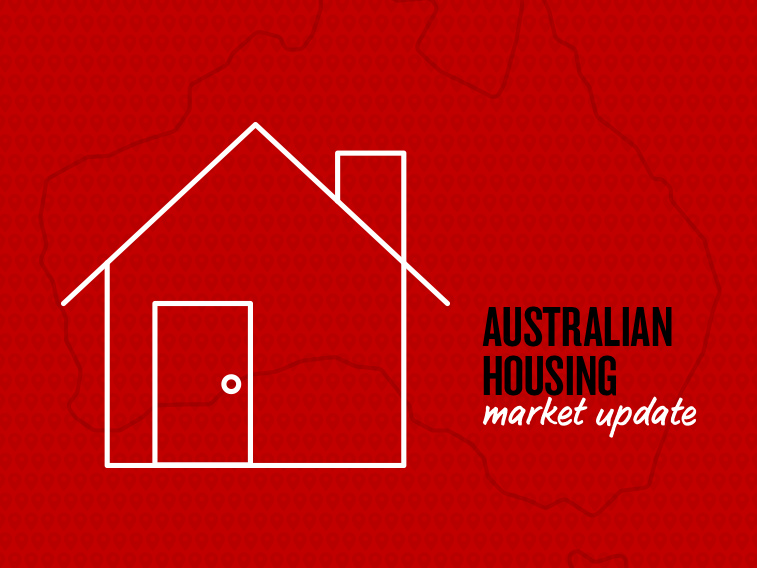RBA surprises with a hold, NAB still sees cuts in August, November and now February


Insight
National dwelling values slipped 0.7% lower over the month, led by larger falls in Sydney and Melbourne where the pace of decline has accelerated. Nationally, dwelling values are down 4.2% since peaking in October last year, reducing back to levels last seen in December 2016.

The downwards pressure on national dwelling values is largely confined to Sydney and Melbourne which together, comprise approximately 55% of the value of Australia’s housing asset class.
Since peaking in July last year, Sydney’s housing market is down 9.5% which is on track to eclipse the previous record peak-to-trough decline set during the last recession when values fell 9.6% between 1989 and 1991. Melbourne dwelling values peaked four months later than Sydney, in November 2017, and have since fallen by 5.8% through to the end of November 2018.
Although the weaker housing market conditions in Sydney and Melbourne are under the spotlight, conditions across the Australian housing market are increasingly diverse. Dwelling values are trending higher across five of the eight capital cities, albeit at a relatively slow pace compared with the previous surge in Sydney and Melbourne. Hobart and Canberra continue to be the standouts for capital gain across the capital cities, with values up 9.3% and 4.0% over the past twelve months.
Across the regional markets, the highest rates of growth can be found across regional Tasmania and regional Victoria, while lifestyle markets are also continuing to rise in value, albeit at not quite the same pace as a year ago.
We can point to several factors that are influencing the downwards trend in Sydney and Melbourne, while other regions are recording growth or holding steady.
For starters, the tightening in finance conditions has been more pronounced across the investor segment of the market, where Sydney and Melbourne have recorded much higher concentrations of investment demand. As investor activity reduces, the fall away in overall housing demand is sharper in Sydney and Melbourne.
Additionally, housing affordability constraints are more pronounced in these markets and rental yields are substantially lower, indicating an imbalance between rental values and dwelling values.
Also, the ramp up in housing supply has been more pronounced in Sydney and Melbourne against a backdrop of slowing migration from both overseas and interstate. Additionally, Sydney and Melbourne have been more affected by the reduction in foreign buying activity.
As a consequence of less market activity, advertised listings have surged higher, providing buyers with ample choice which provides for a strong negotiation position on price. The rebalancing towards buyers over sellers in Sydney and Melbourne is clear across CoreLogic’s vendor metrics, with clearance rates tracking in the low 40% range while private treaty sales are showing substantially longer selling times and larger rates of discounting than they have over recent years.
Transcript: Housing Market Update: December 2018 (Word, 23kb)
Take a look at the national update or your capital city update by clicking on the relevant link below:
© National Australia Bank Limited. ABN 12 004 044 937 AFSL and Australian Credit Licence 230686.